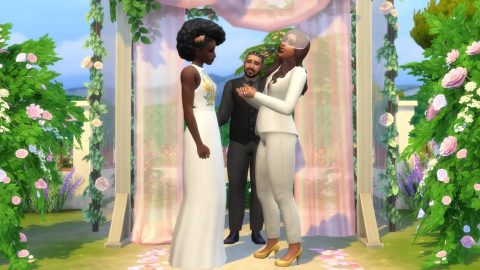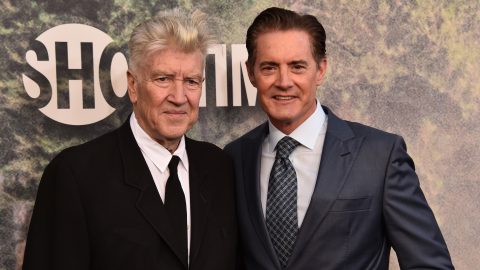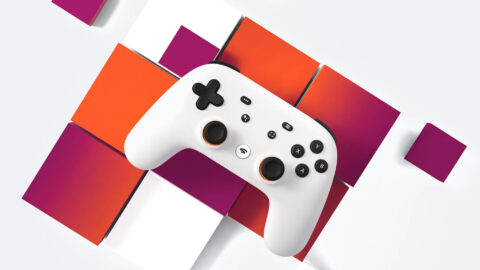
The Last of Us, a 2013 action-adventure that has spawned a remaster, an acclaimed sequel, and an HBO television series, is one of the most revered video games of all time. Almost ten years later, in the wake of the 2020 sequel The Last of Us Part 2, developer Naughty Dog has delivered a remake to bring it in line with that game’s meticulous quality.
- READ MORE: The best PS5 games to play in 2022
Unsurprisingly, this has proved controversial. The Last of Us Part 1 is a full-price game, and the remastered version is still in excellent condition on PS4 & PS5. This meant I went in with some level of scepticism about its necessity, but to my surprise, The Last of Us Part 1 proved itself to be a worthwhile endeavour very quickly, and not in all the obvious ways you might expect.
Of course, it looks a lot better. Part 2 character models have been swapped in, and exclusive side characters have been thoughtfully reimagined, shunting the game’s cast a few notches forward with regard to emotional range and subtlety. The way mouths curve and faces quiver to react to bad news feels miles better. Ellie’s frustration at learning how to whistle, Joel’s emotional poker face, David’s manipulative streak and the way Bill talks like he’s got spit in his mouth when the crew are running from a horde…These are just a few pieces of memorable performance that feel elevated in this remake.

But it’s not all perfect – at times, you can tell that the technology is trying to account for the decade-old face mocap. Characters can’t quite reach the depth of Part 2’s performances, but it certainly feels more faithful to the script’s intention than the original game. For example, I knew exactly what would happen in the game’s legendary opening but still felt that strong surge of adrenaline, the frog in my throat, and bawled my eyes out at the end of it. There’s a desperation to the new animations and a particular resonance in how it grounds you as you’re sitting in a reversing car trying to escape unbridled chaos and certain death. Distance from the original game and the amount that it’s been kept in the critical conversation has, to my absolute surprise, not cheapened the power of The Last of Us. It’s by no means a quaint trip down memory lane – it still hits harder than a Bloater in a gym hall.
The Last of Us Part 2 has played with the overarching narrative of The Last of Us, too, revealing flashback truths and delivering shocking moments that have had retroactive ripple effects throughout the original game. This made the experience even more thrilling when there was room for analogy, like in Tess and Joel’s dogged pursuit of Robert, Tommy’s relationship with Maria, Ellie’s drowning and revival, and the warring Fireflies. Reassessing the remake has also inevitably led to some revelations about what the original did so right.
One of the most impressive parts of its narrative is how it escaped the Marvel-ization of everything that has pervaded and degraded most modern big-budget games and movies. There’s a scene where Ellie, Joel and Bill get to a house after a long, harrowing chase, and Ellie quips, “well, that went well”. While this feels in character for this hopeful, hardened young girl in an apocalypse, Joel just glares at her, and they all quickly move on.

There’s a refreshing seriousness to how it treats death and grief, too. Moments of loss aren’t hammy and played up for the benefit of producers, they usually just are, like in reality, and it hurts. I had forgotten the beats of the Sam and Henry story arc, which benefits significantly in the remake, especially when you get to see Ellie and Sam bonding and encountering the remnants of humanity. The rationality of the sheltering older brother and the kid who just wants to be a kid still proves to be a powerful device in a game like The Last of Us. It’s a brilliant story at its very best here.
While it is missing the dodge and prone mechanics of the second game, most of Part 2’s combat has been transferred over wholesale, as well as its remarkable enemy AI. Encounters feel guttural, your tactics exploited and composure ready to crumble at any moment. I thought I’d breeze through due to familiarity with its systems, but while your companions are more intelligent, The Last of Us feels more challenging and haptic this time around. It works to ground you in its atmosphere as Joel clubs and stabs his way through legions of enemies that are just as desperate or frenzied as him. Thanks to the DualSense, you can also feel the heft of a shotgun blast or a nail bomb in your hands before it deals damage.

Speaking of which, the gore is another point of improvement. Reflective pools of blood leak carefully from your enemies, and limbs fly after explosions. The brutality has gone up a measure, so there’s more room to ponder the cyclical nature of the game’s violence and the morally murky choices made to protect one’s own. The way car windows pop as brutish enemies surge towards Joel and push him back into the darkness with buckshot creates palpable adrenaline, and environments like the Boston museum provide readable historical context alongside tense stealth battles and inevitable smashed exhibits. The repetitive ladder puzzles started to grate a little, sure, but Naughty Dog’s determination to preserve and improve the experience means they have to stay, I guess.
In more natural areas, there’s improved foliage, rippling tarps and a stunning lighting system that sings as your dodgy flashlight shines through a spore-filled room. Room layouts stay mostly the same, with a few sensible changes made to account for workbenches and collectable placement. I think because the industry has just accepted The Last of Us to be this pedestalled titan, you forgot about all of the new ground it was breaking, which is teased out and given focus in the remake.
The way it toys with mechanics is fascinating, like how Ellie won’t come to Joel for a leg-up when she’s sad and how she learns to stop gasping after she experiences a grisly death in combat or hears a terrifying sniper shot in the distance. You slowly watch her become the warrior she is in the second game, and for fans of the series, this will feel far more resonant than a replay. And once you’re done, there’s plenty of cute cosmetics, concept art, commentary, and a ridiculously intricate photo mode to dig into to memorialise your return.
The Last of Us Part 1 is coming to PS5 on September 2.
The Verdict
The Last of Us Part 1 is a remarkable remake that proves its worth very quickly. It is carefully faithful to the original script but passionately keen to improve the experience where it can, by honing in on the emotional resonance of its most effective scenes while elevating the thrilling brutality of its combat. This is one of gaming’s most incredible stories made definitive. Even the greatest sceptic of its legacy may not be able to resist its charming characters, airtight mechanics and thematic nuance. The Last of Us Part 1 is a beautiful, accessible entry point for newcomers and a victory lap for fans. Don’t miss it!
Pros
- Revised visuals faithfully bring an old game in line with the beauty of The Last of Us Part 2
- Rebuilt combat is greatly improved and made far more haptic and gripping
- Improved performance technology develops the emotional resonance of one of gaming’s greatest stories
- Extra features like photo mode, commentary and cosmetics are fun for die-hard fans
Cons
- I would have loved to see Factions get the same treatment
The post ‘The Last of Us Part 1’ review: a brand new lens on a masterpiece appeared first on NME.






